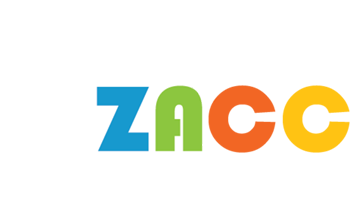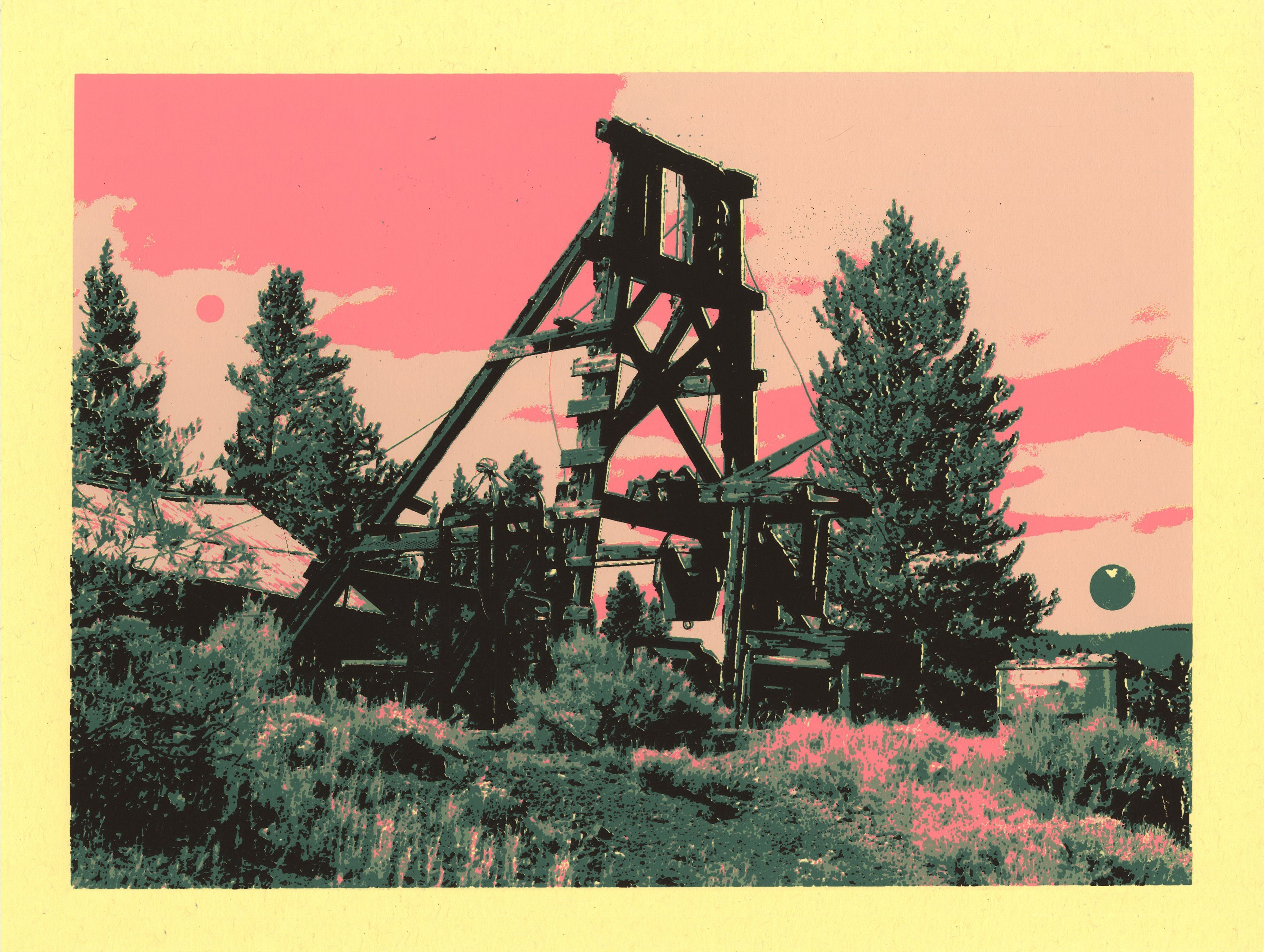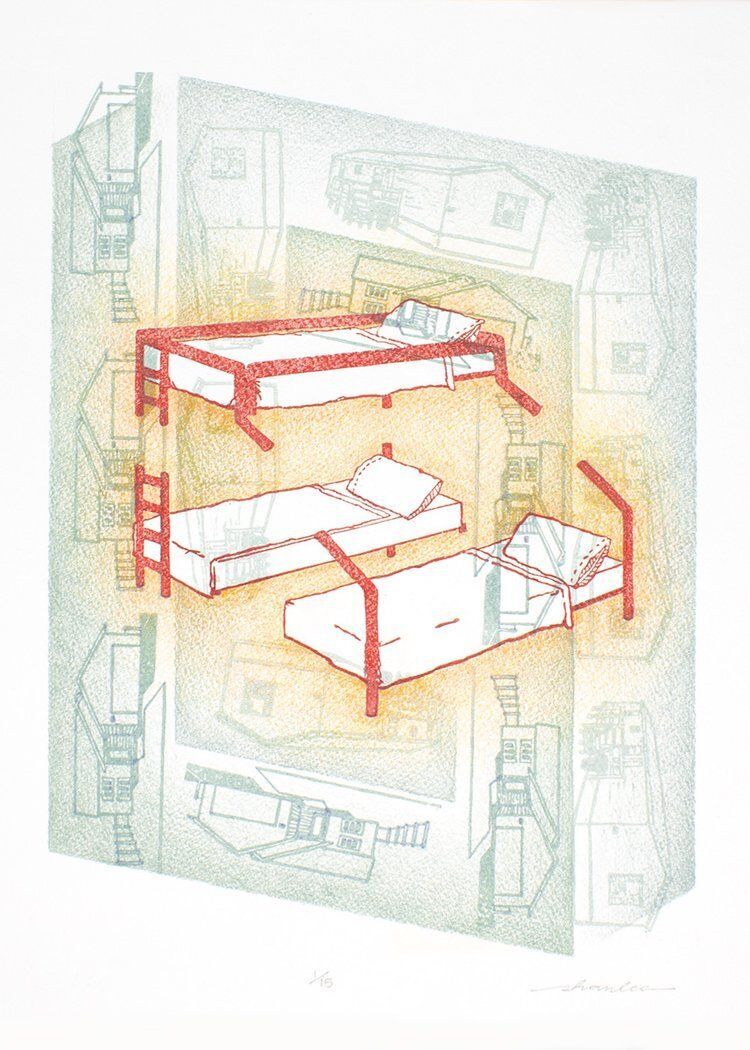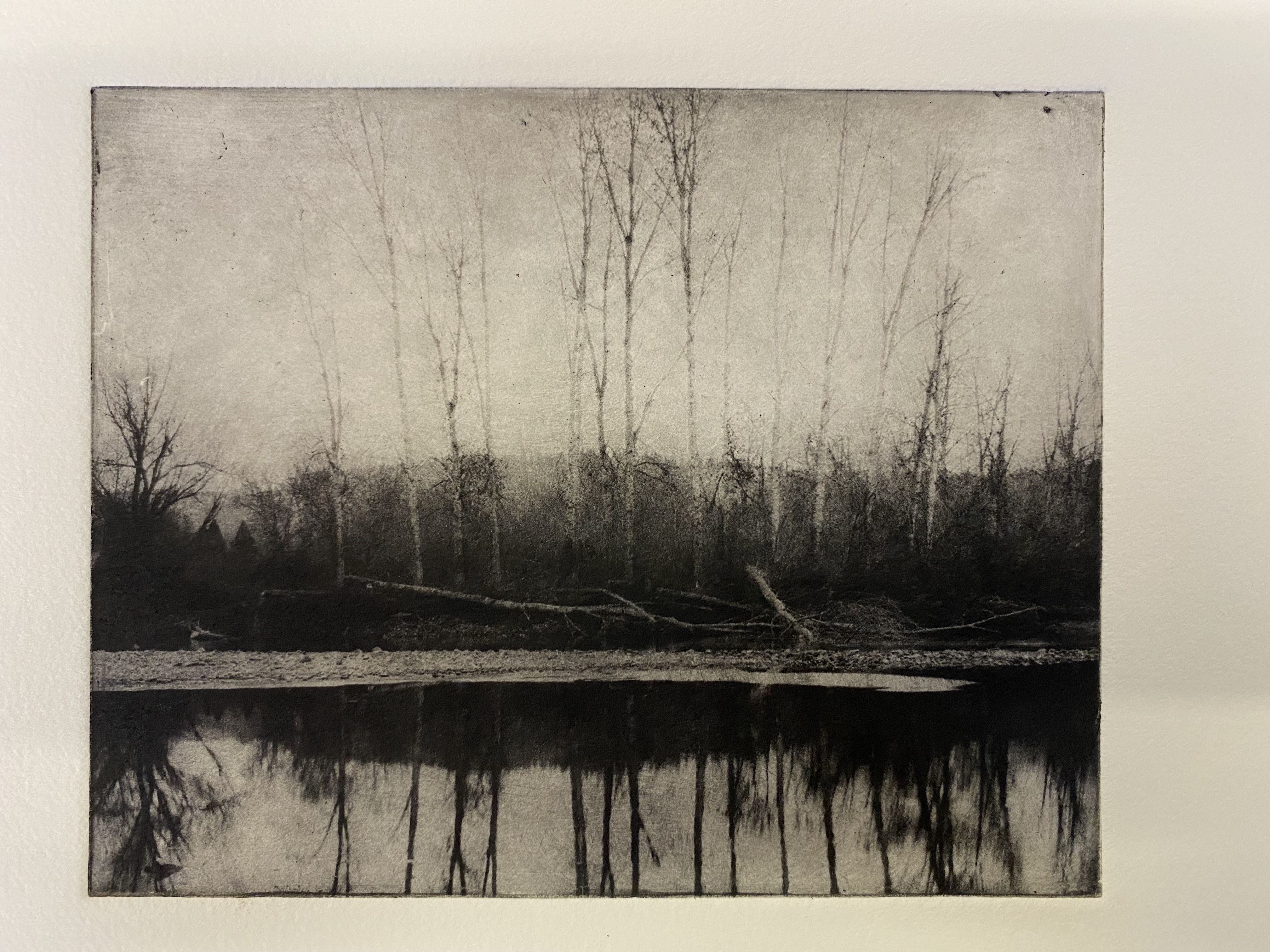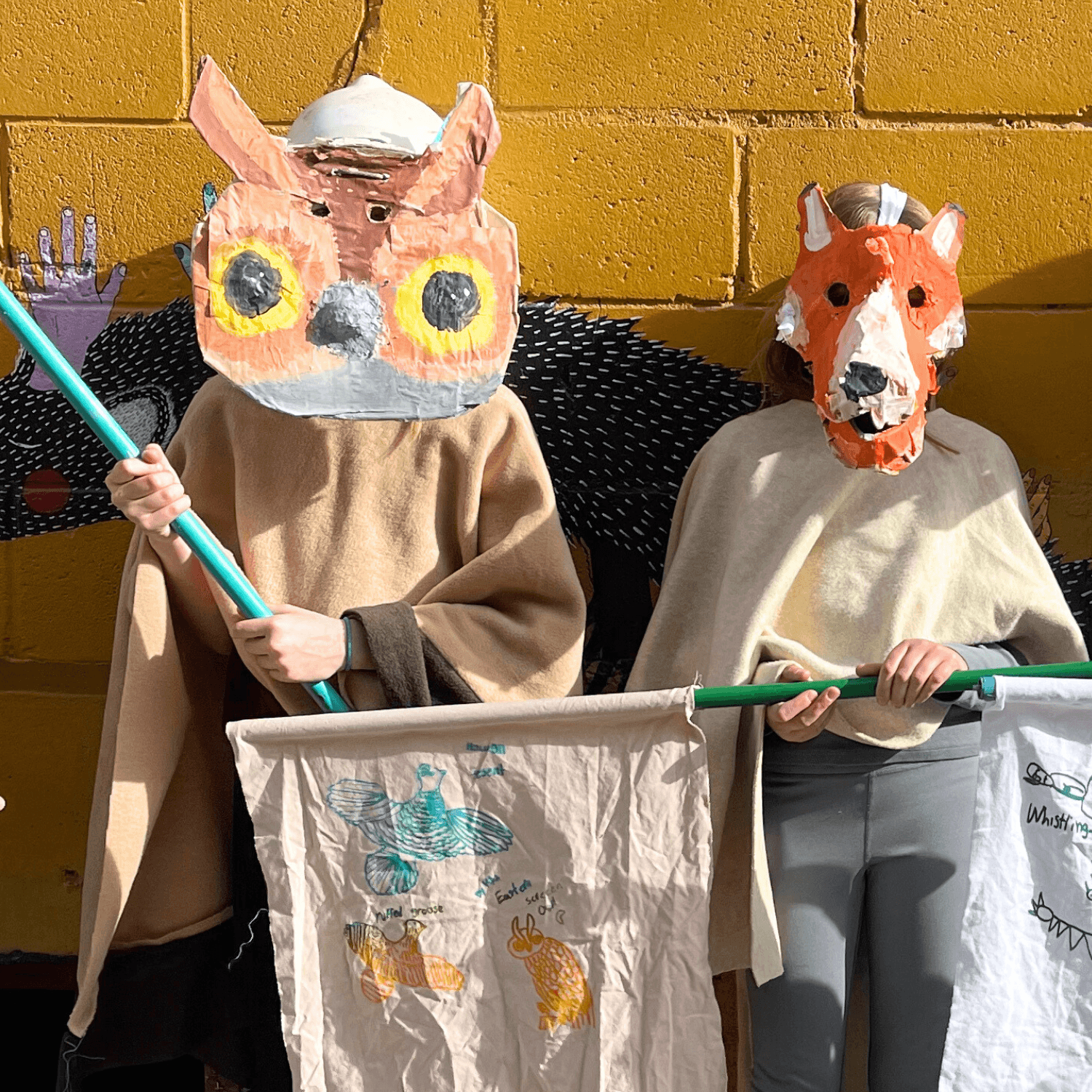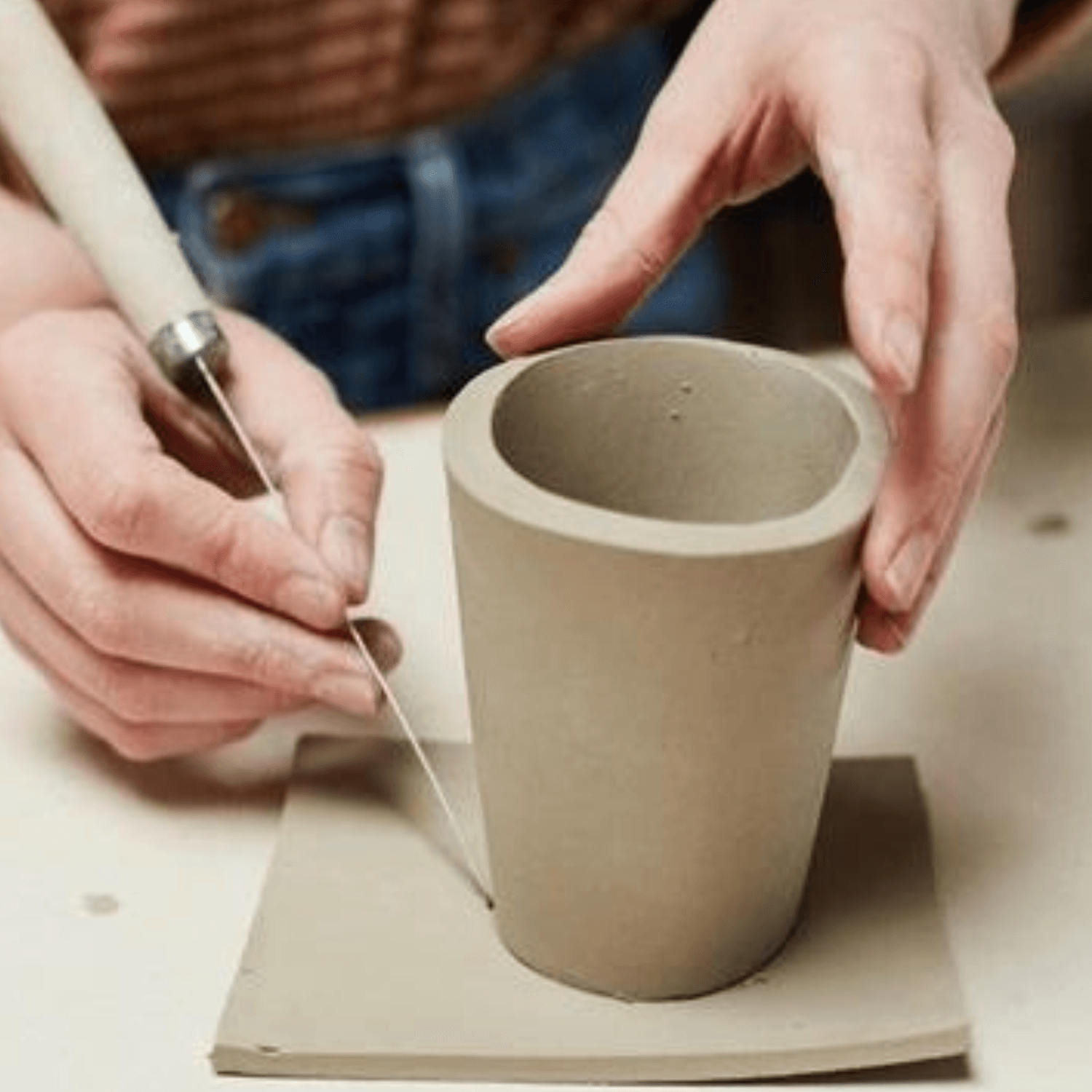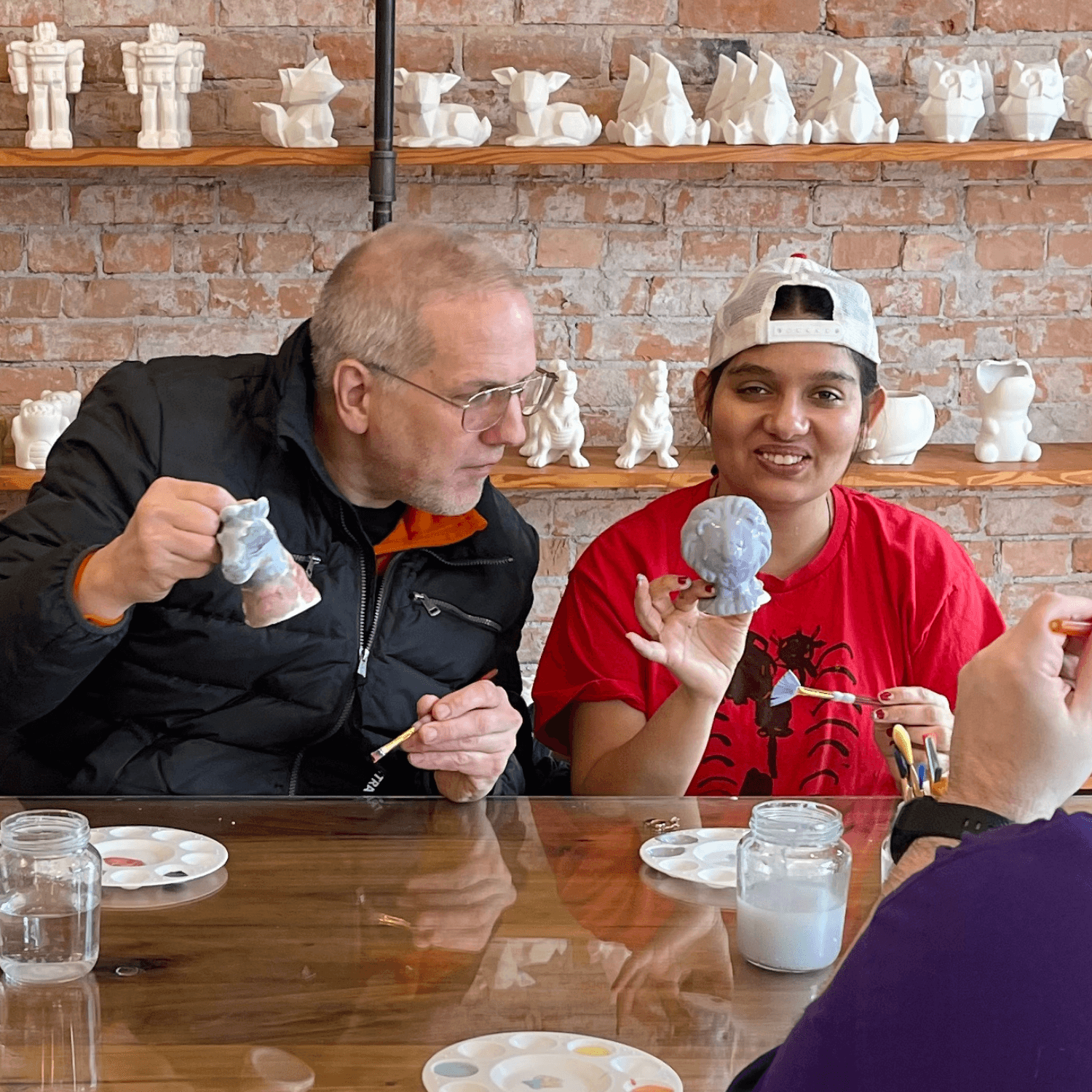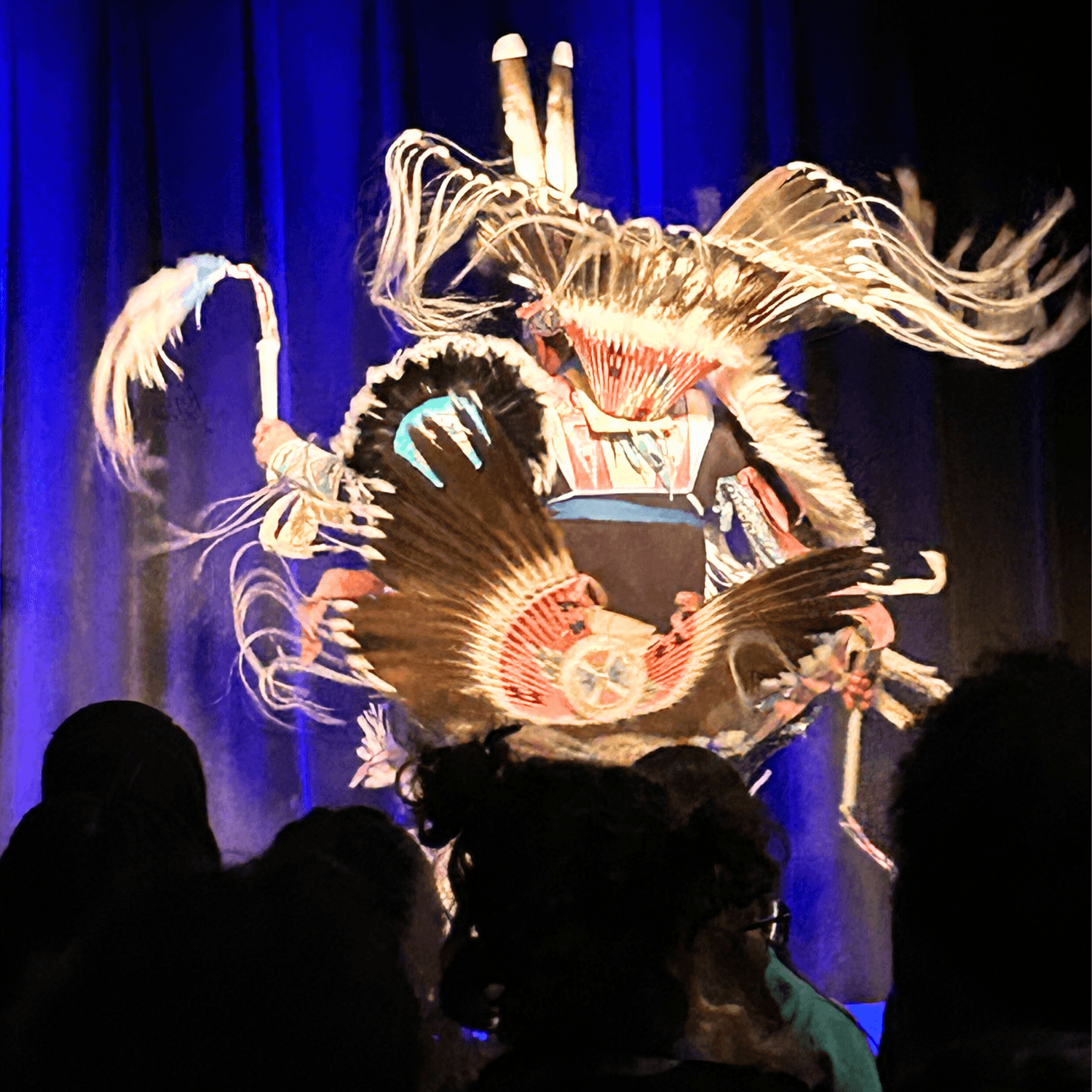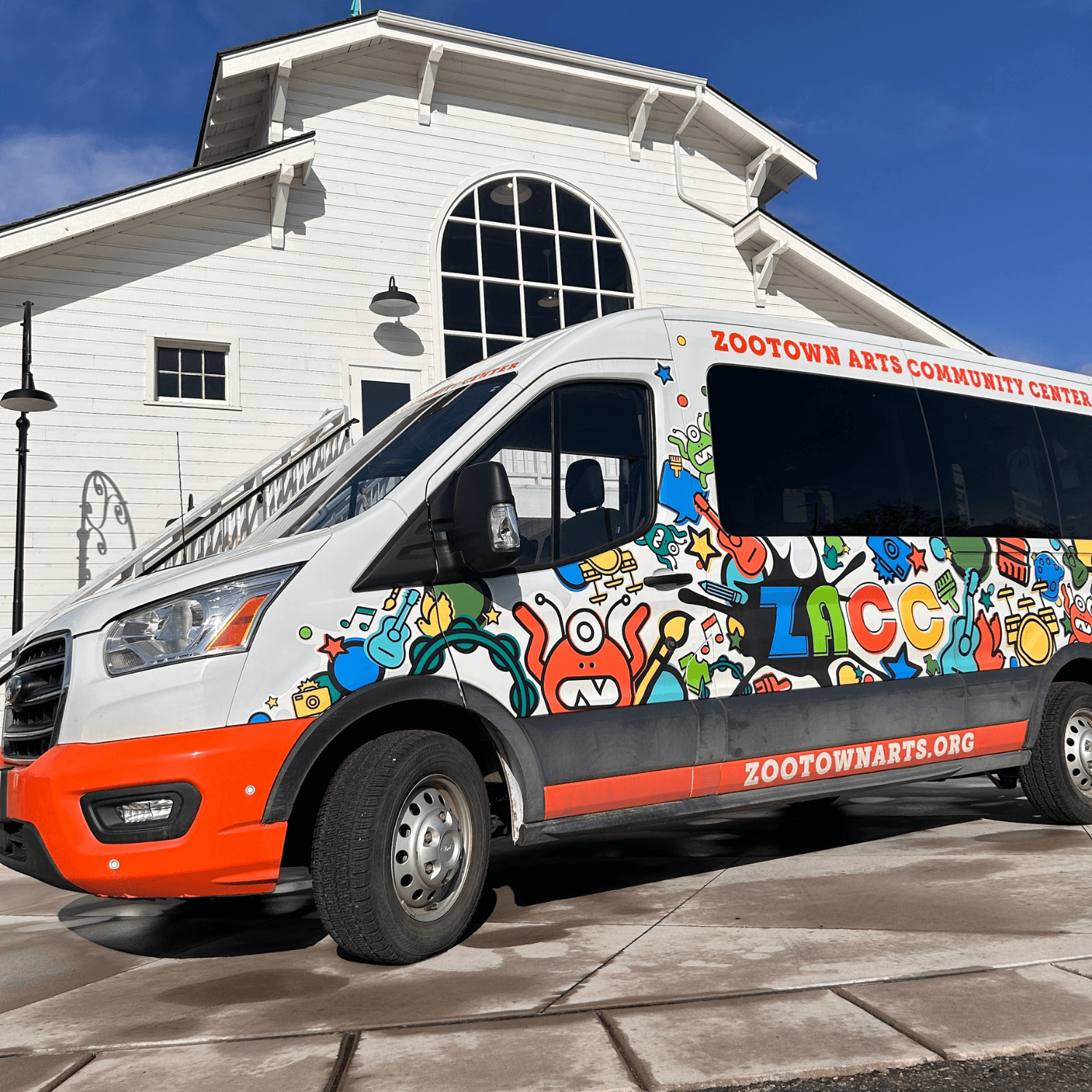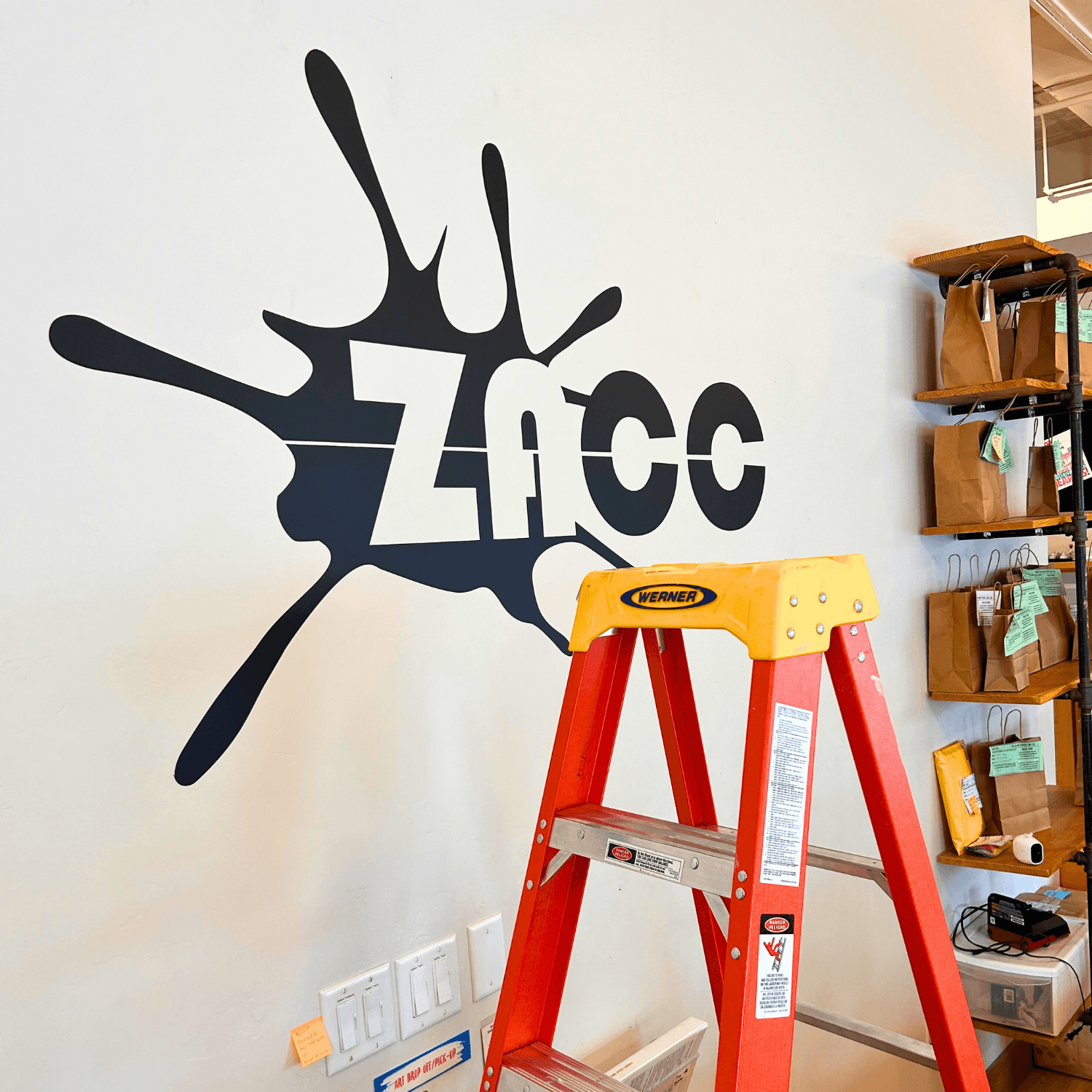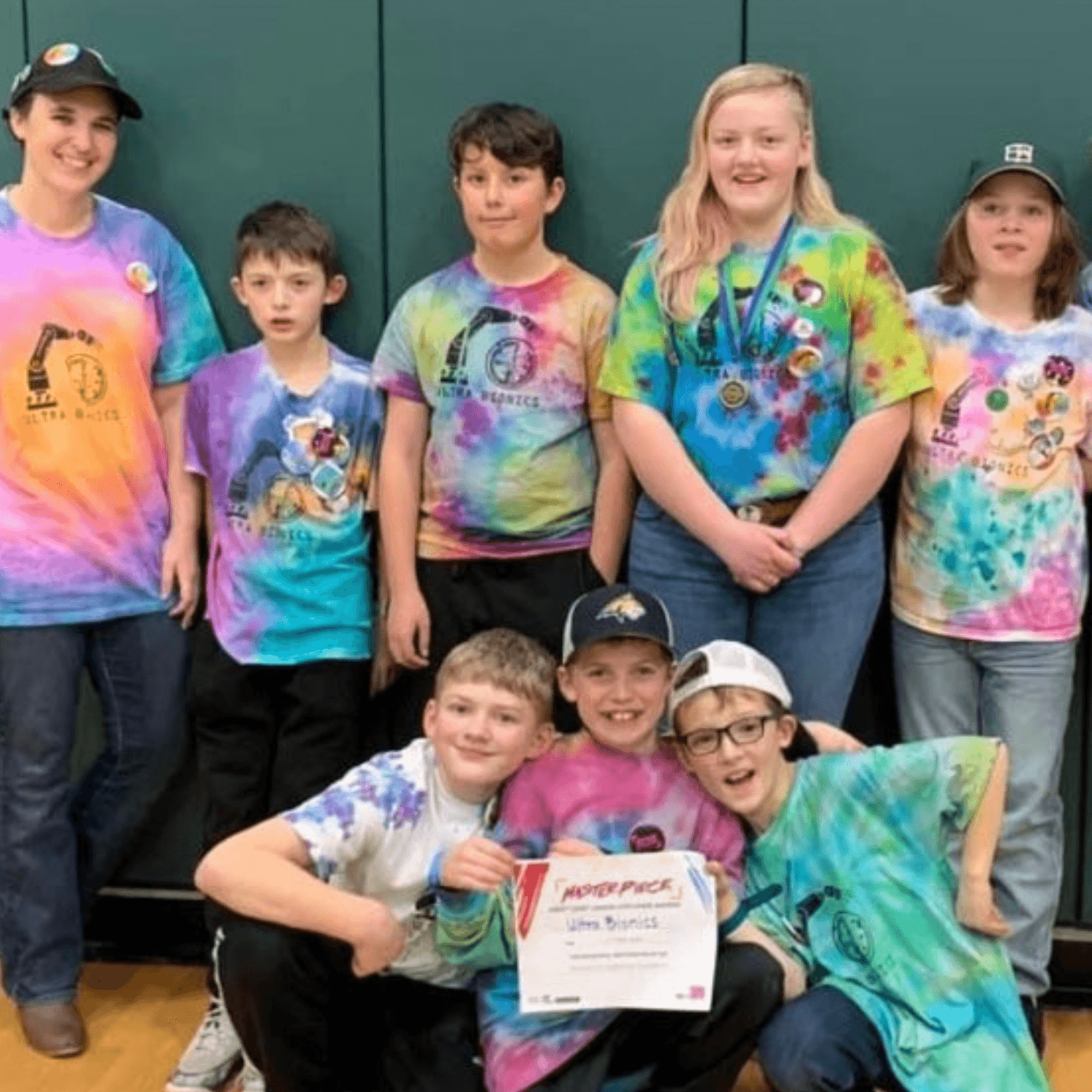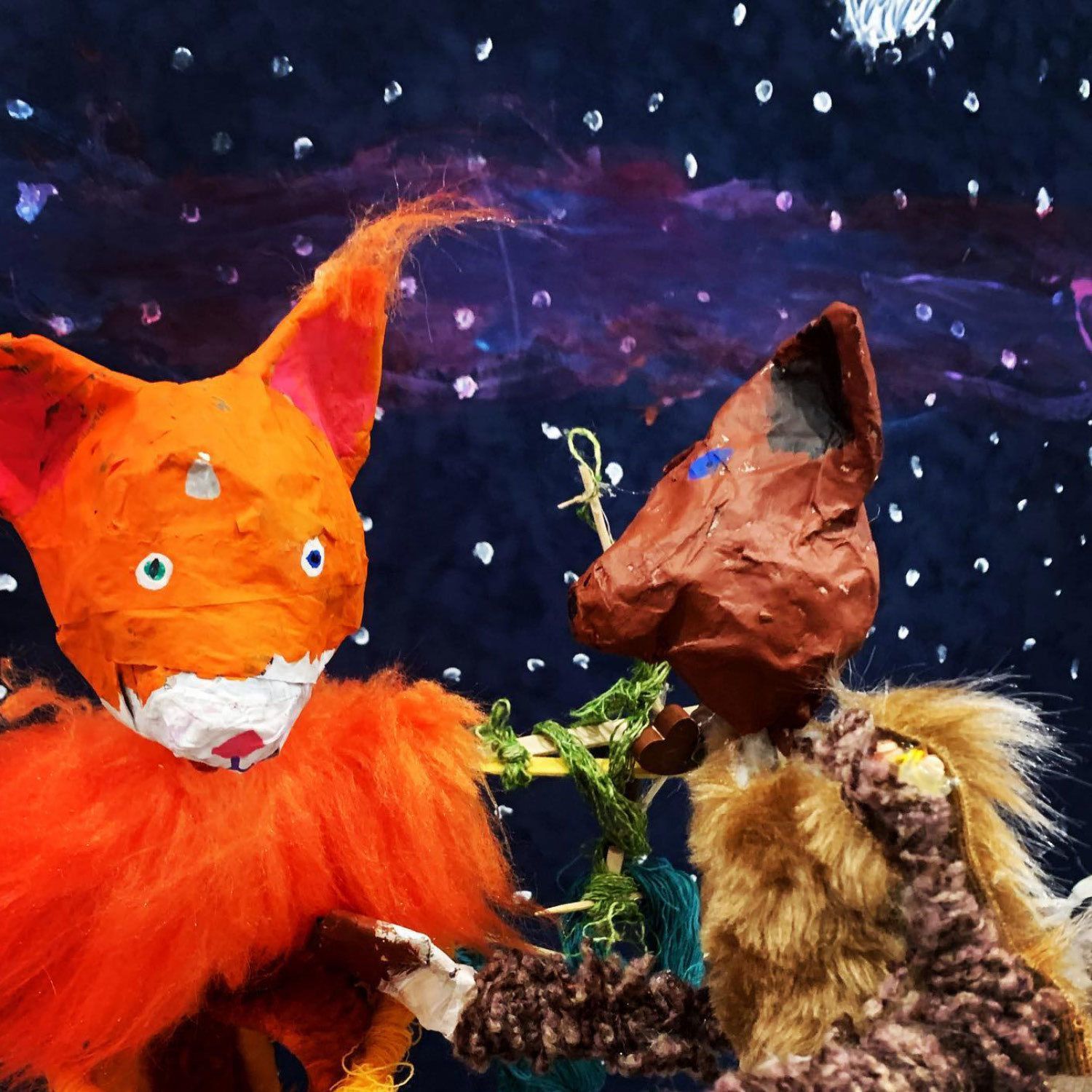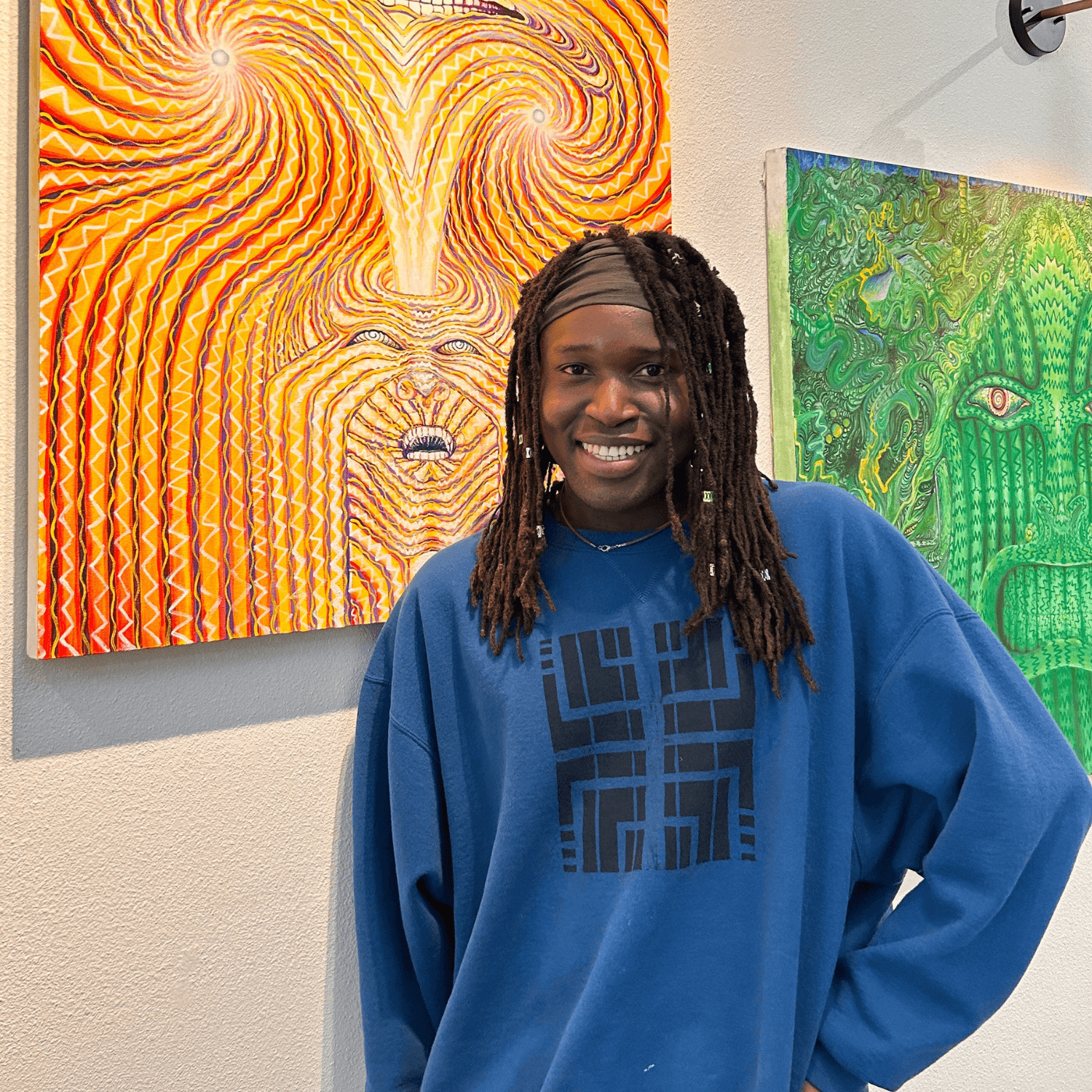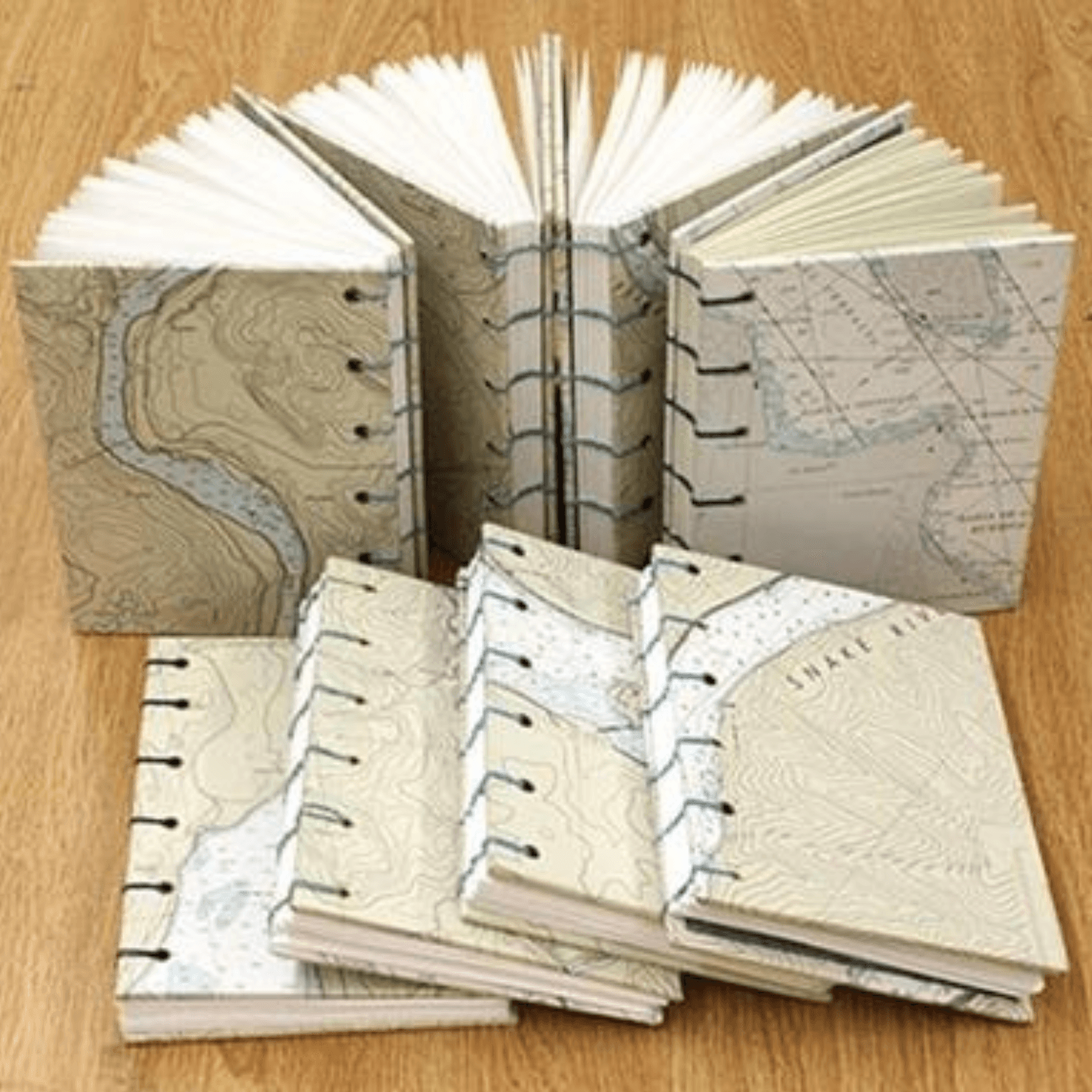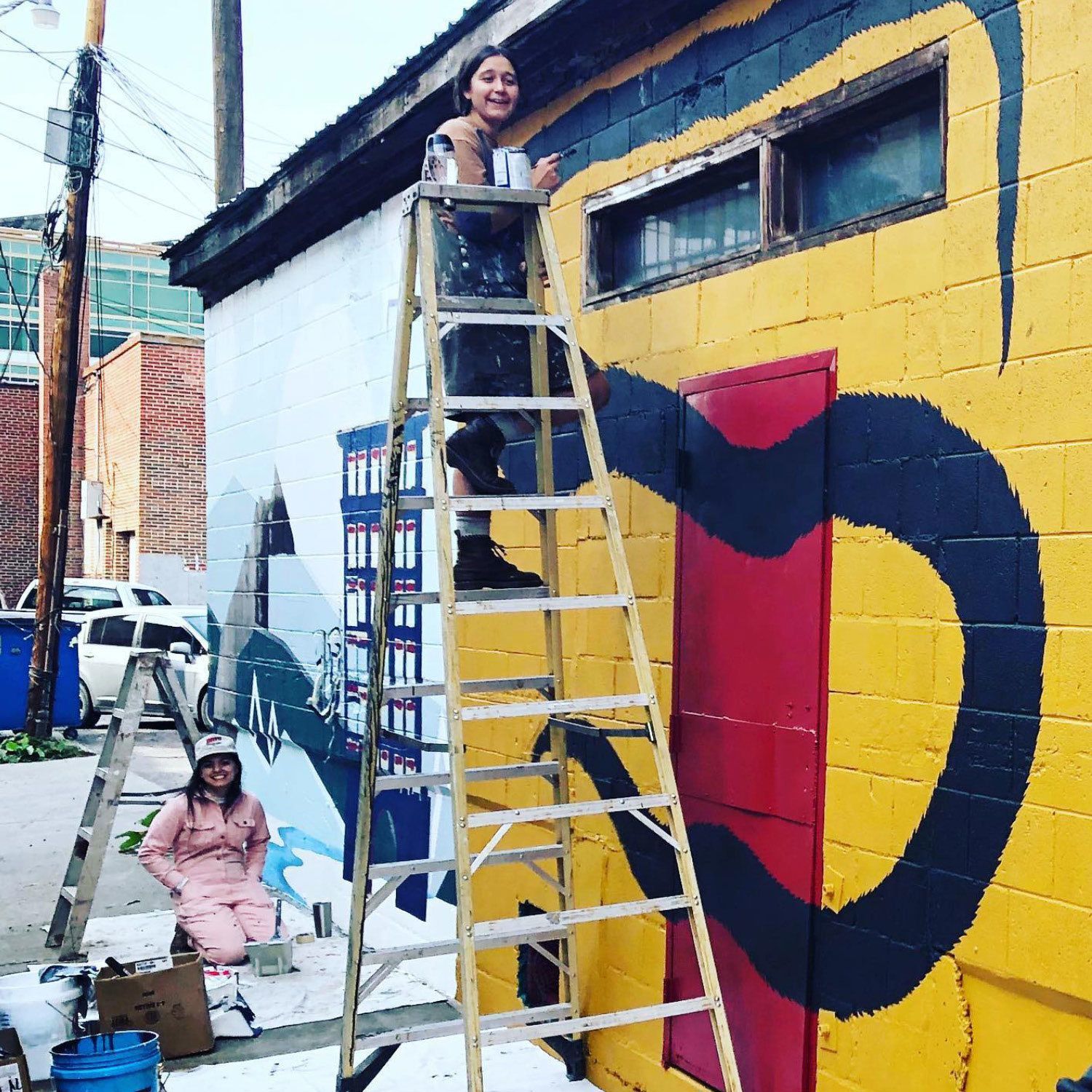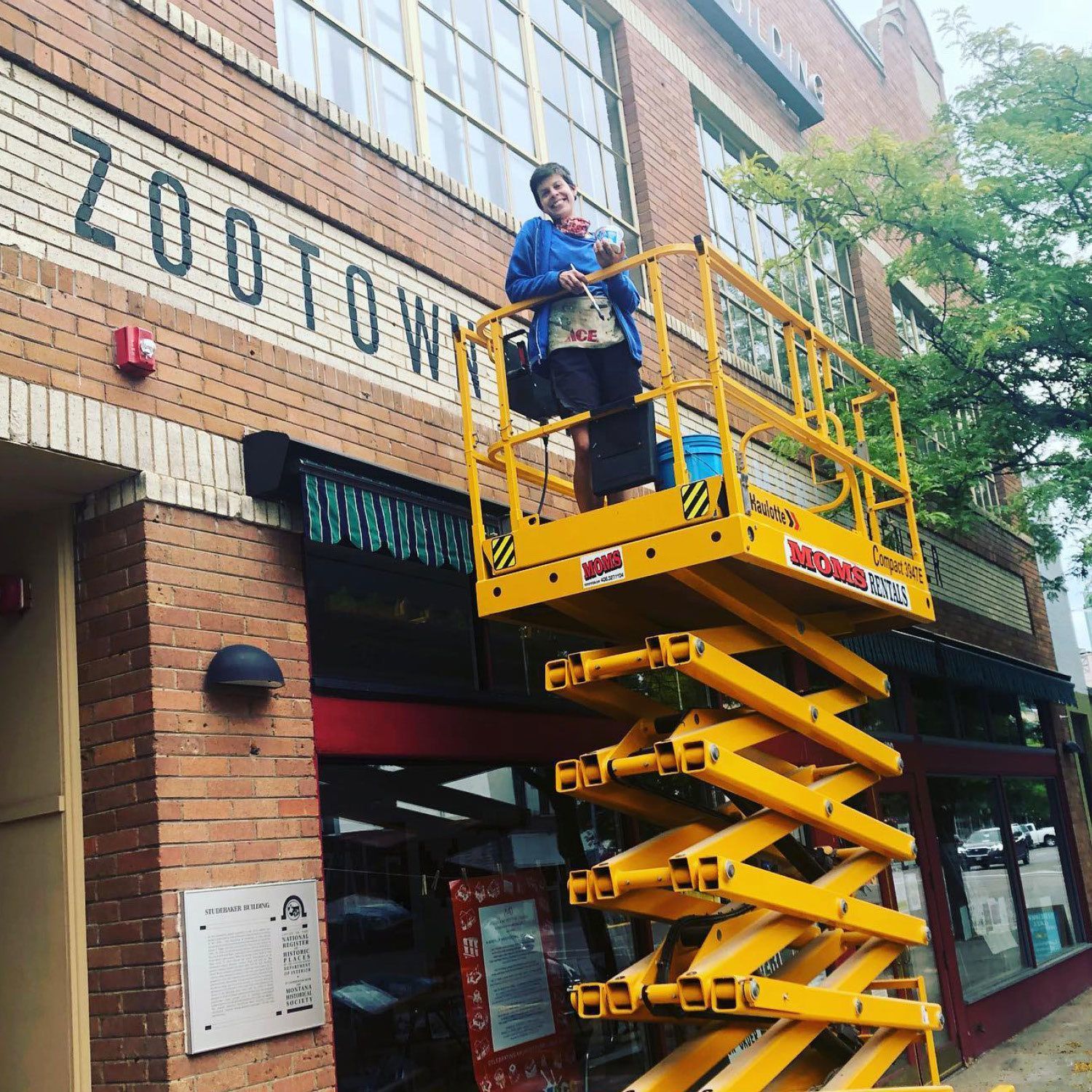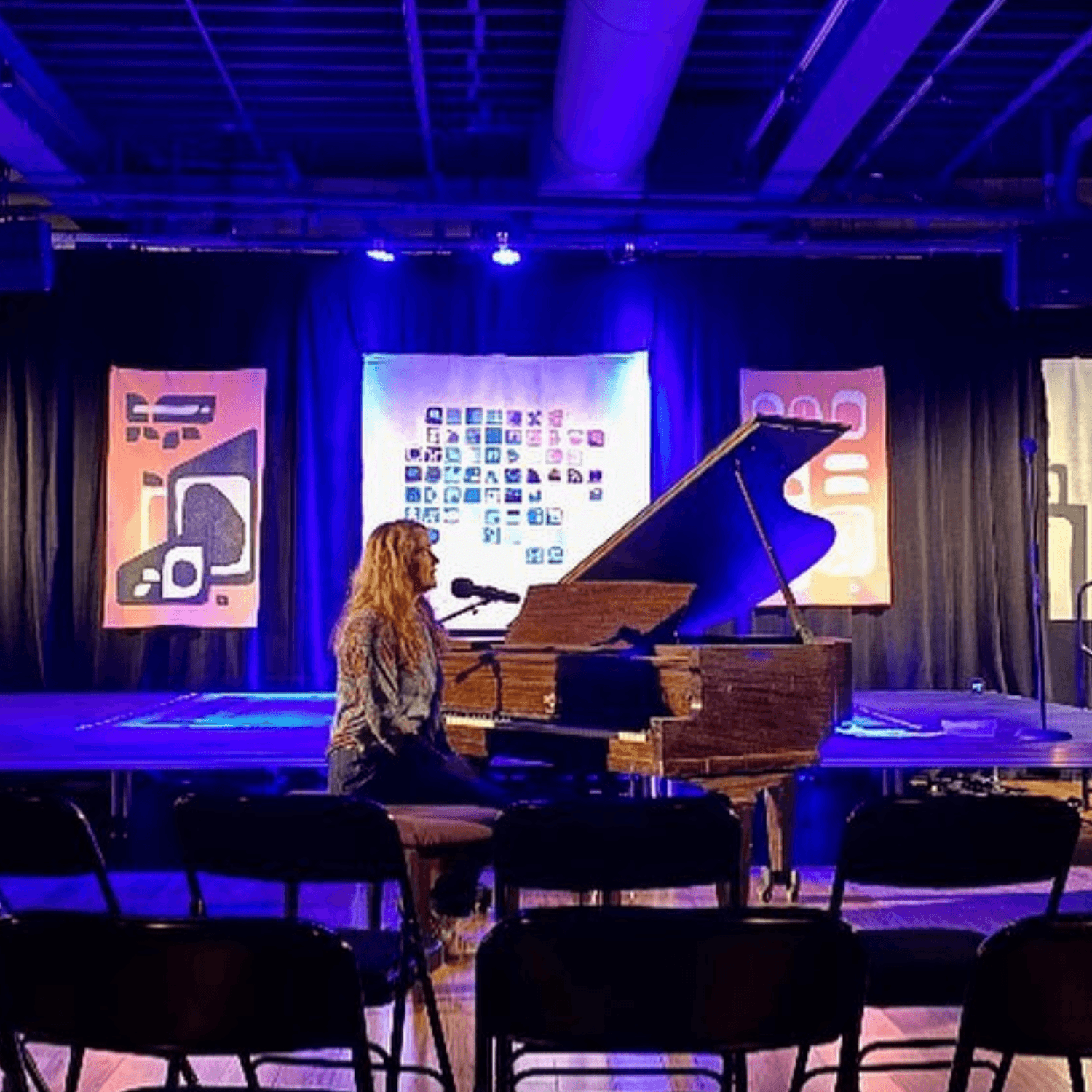ABOUT THE RESIDENCY PROGRAM
Laura Grace Barrett Printmaking residencies are available from 1 week - 3 months, depending on the needs of the artist. The ZACC’s selection committee will choose new residents throughout the year depending on availability. The selections are based on the quality of the work, its artistic merit, and the diversity of the prospective group in terms of work, background, and stage of career development.
RESIDENCY BENEFITS
Long and Short-term Residents work alongside community artists and receive 24-hour access to the ZACC Print Shop, semi-private studio space to work in for the duration of their residency (approximately 125 sq. ft.), a locker and flat file space.
OPPORTUNITIES
Resident artists are encouraged to teach classes to share their knowledge and experiences with the community.
Residents are invited to sell work in the ZACC Artists Shop and present a show near the end of their residency.
QUESTIONS?
Contact us via the form below, and we'll get back to you with more information!
ARTISTS IN RESIDENCE
Laura Grace Barrett Printshop Resident Artists:
2024 Resident Artists:
2023 Resident Artists
• Dagny Walton
• Crackle Bingham
• Drake Denhartog
• Keith Buswell
2022 Resident Artists
• Leland Buck
• Ashley Meyora
• Lia Mendez
2021 Residents
• Deborah Mitchell 2021
• Zoe Erickson 2020-21
2020 Residents
• Sarah Jones 2020
ABOUT LAURA GRACE BARRETT
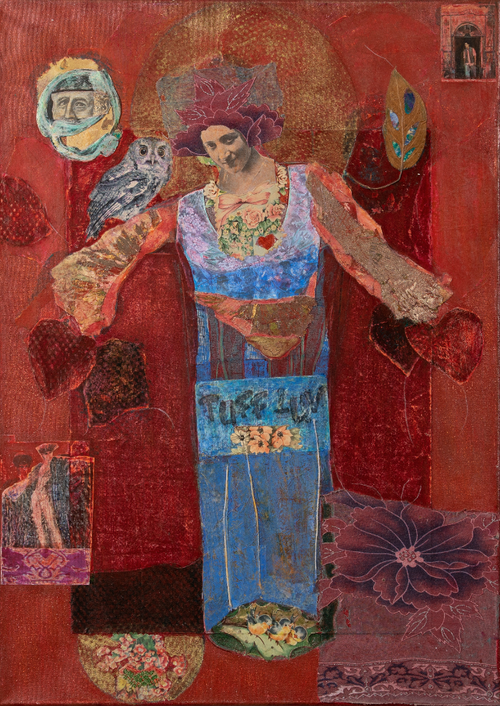
Laura Grace Barrett (1930-2017), poet, painter, and playwright, was born in Froid, Montana. She was raised on a wheat farm, which she left at the age of sixteen to attend the University of Montana. At UM, she studied English, Spanish, and Education, and later art at the University of Hawaii and the University of California, L.A. She also received an MFA in Theater Arts from UCLA. She worked as schoolteacher in San Francisco, a stewardess for Pan American Airways. She married Jim Barrett, moved to Los Angeles, and had five children (Stephanie Jo, James Patrick, Michael Sean, Kevin Vincent, and Gabriela Goodwin) while traveling the world. She wrote and directed her play “Garden of Pleasure,” which was performed at UCLA. Laura and Jim founded Chateau Montelena in Calistoga, California. Quickly, their 1973 Chardonnay won the landmark Paris tasting of 1976, catapulting the winery to fame. Barrett wrote a book about the judgment of Paris, titled “What is More Real Than a Dream? Memoir of Chateau Montelena Winery” The 2008 film “Bottleshock” is loosely based on Barrett and the winery. She and Jim separated in 1977, and she was married to Jack Barrett in 1984. The couple moved to Bigfork, Montana, and had a second home overlooking the arts district of Puerto Vallarta, Mexico, which influenced much of Barrett’s later work. Barrett opened Bridge Street Gallery and Wine Café and Restaurant in Big Fork, Ambos Galeria de Arte y Artefactos in Puerto Vallarta, and later Collage Gallery in Bigfork in 2014. Barrett exhibited and supported Montana contemporary artists, and was influenced by their friendships and art. During her lifetime, her work was included in exhibitions at the Hockaday Museum of Art and Emerson Cultural Center.
Photo: Laura Grace Barrett, Wise Woman Hippolyte, no date, Mixed media on canvas
